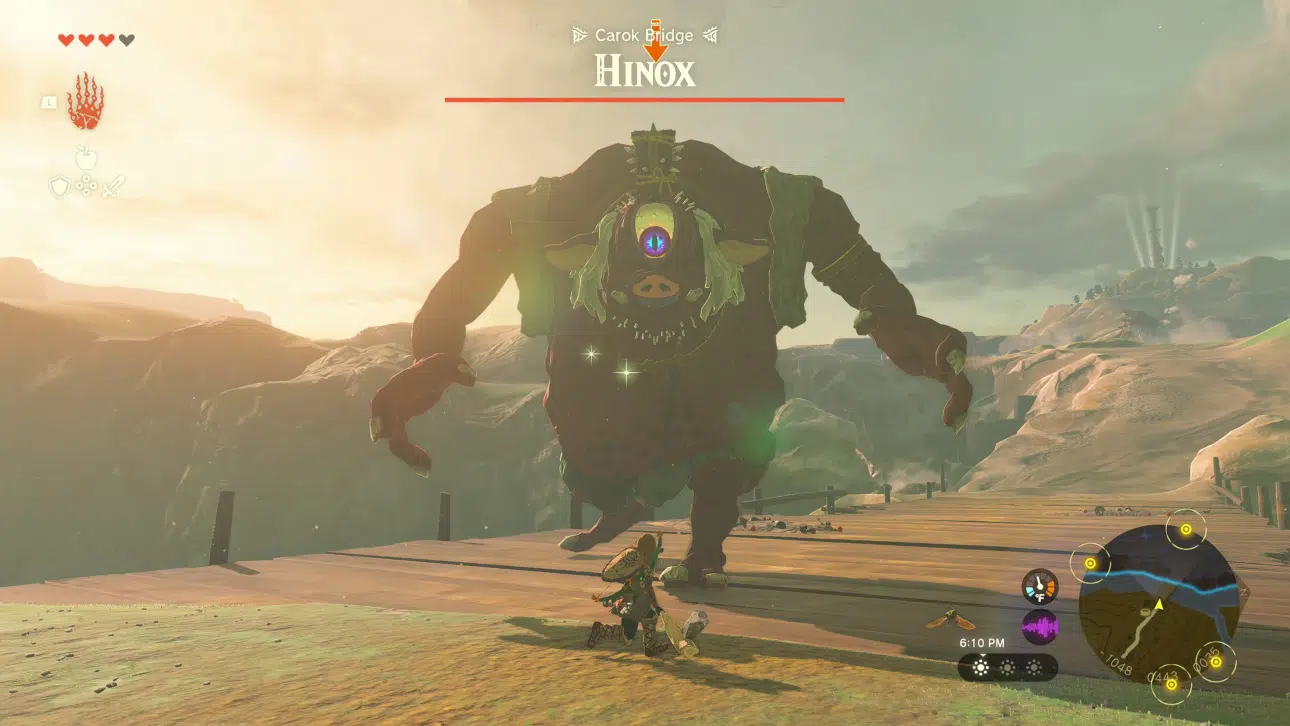The Zelda franchise is no stranger to sequels, believe it or not. While not so obvious, all Zelda games in some way are all connected, though we’d argue outside of Majora Mask, the 3D games haven’t really felt like they were direct sequels to one another, meaning featuring the same Link. Sure, you play as “Link” in all the Zelda games, but in most cases, you’re in a different timeline, with the game’s plot having little to do with the previous games.
Phantom Hourglass, a sequel to Wind Waker, would probably be the closest we got to a direct sequel, at least in the story. There’s also Majora Mask, which maintained the art direction and gameplay of its former, Ocarina of Time, though both could be played without needing to play the other.
So traditionally, Nintendo hasn’t always been about making “direct” sequels to their Zelda games, which came as even more of a surprise, as last year Nintendo officially announced that The Legend of Zelda: Breath of the Wild would be getting a direct sequel. The same Link, the same Hyrule, and the same cast of friends you met along your journey in the first game. However, after spending over 60 enjoyable, well-worth hours in The Legend of Zelda: Tears of the Kingdom, this adventure is anything but a quick copy and paste.
Hey, Listen!
Once more, the Kingdom of Hyrule finds itself on the edge of annihilation as mysterious chasms have begun appearing all over. Known as the Upheaval, Link, and Zelda set off to unravel this phenomenon, only to stumble across an ancient evil, the Demon King. With the old king now reawakened and Zelda suddenly vanishing, Link finds himself once again taking upon the hero’s quest as he seeks to restore the power of the Master Sword, so that he can unite and free Hyrule, putting an end to the Demon King once and for all.
I won’t be diving too deep into the story, as this is one better to experience blind, but let me say that this might be perhaps my favorite Zelda tale yet.
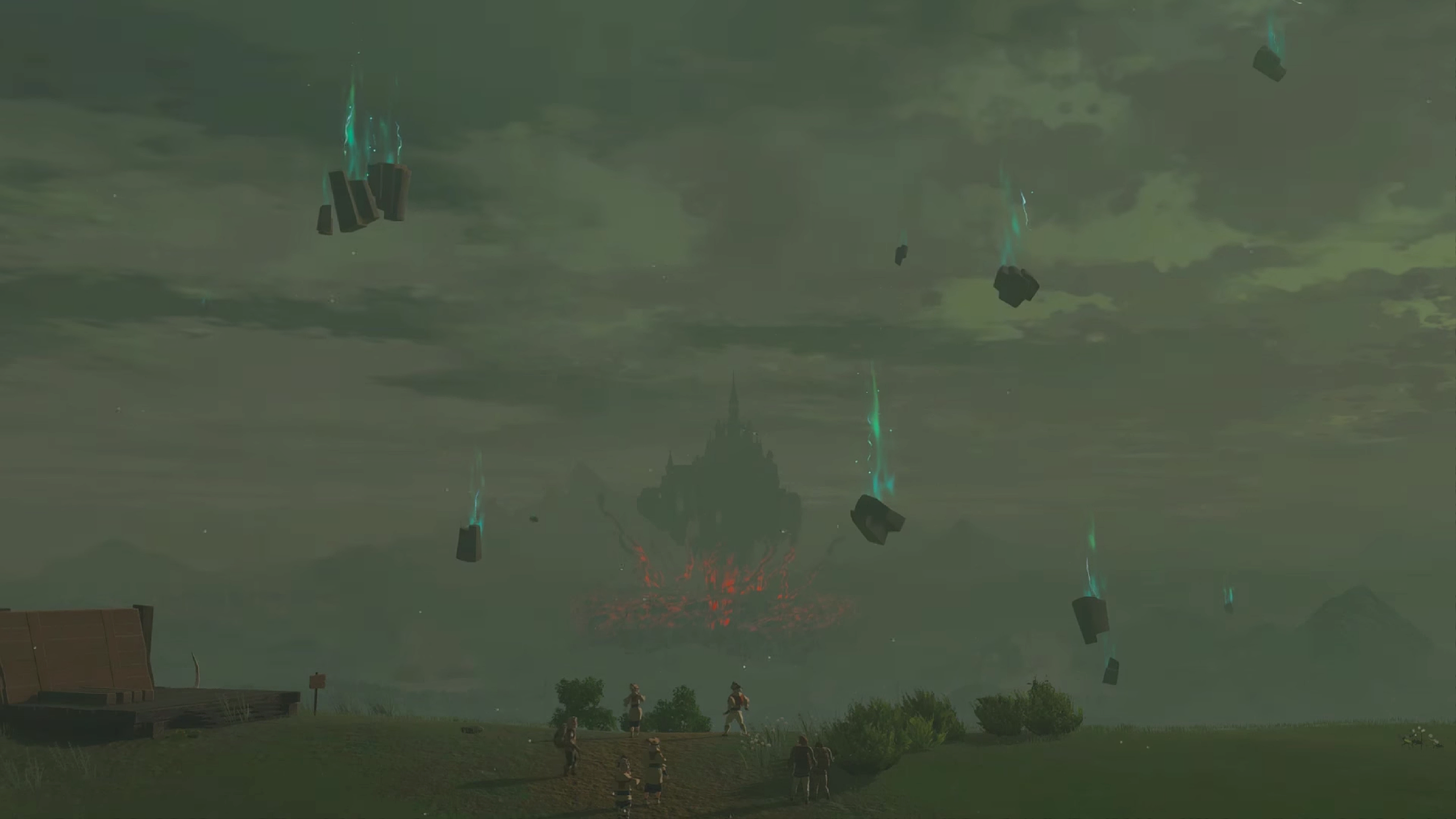
From the excellent tone-setting introduction to the well-written, amazing overarching storylines, The Legend of Zelda: Tears of the Kingdom kept me on the edge of my seat from start to finish. While certain aspects sometimes felt drawn out, the payoff they provided made every minute worthwhile. It has some of the most satisfying, most earned moments in a Zelda game thus far, and this is strictly speaking of the main campaign alone.
Much like its predecessor, Breath of the Wild, Tears of the Kingdom is loaded with side activities in the form of side quests. However, to make the world of Hyrule feel even livelier, Tears of the Kingdom introduces new quest types known as side adventures.
Side adventures are essentially bigger side quests that typically involve some of the main casts around Hyrule. They’ll offer more stories, be that adding to the main plot or being their own thing, with some having multiple quests as part of a single adventure. So they aren’t just one-and-done quests. We’ve seen plenty of other titles take on side activities like this, and I’m glad to see Nintendo be inspired by the likes of The Witcher franchise and even God of War when it comes to side content.
Elsewhere, Tears of the Kingdom sees the return of shrines, new tower types, and Korok seeds for those who enjoyed that content from the last game. However, given Link’s newfound powers, all of these activities have been overhauled to accommodate and take full advantage of the new mechanics. And undoubtedly, these new gameplay mechanics take the spotlight in Tears of the Kingdom.
Link, the Hyrule Builder
The first of these that we get introduced is the Ultra Hand. You can think of the Ultra Hand as more of the successor to the Magnesis ability from Breath of The Wild, allowing Link to pick up any objects with the added benefit of being able to rotate and attach them to other objects. This is a game changer, as it allows players to build whatever they set their minds to.
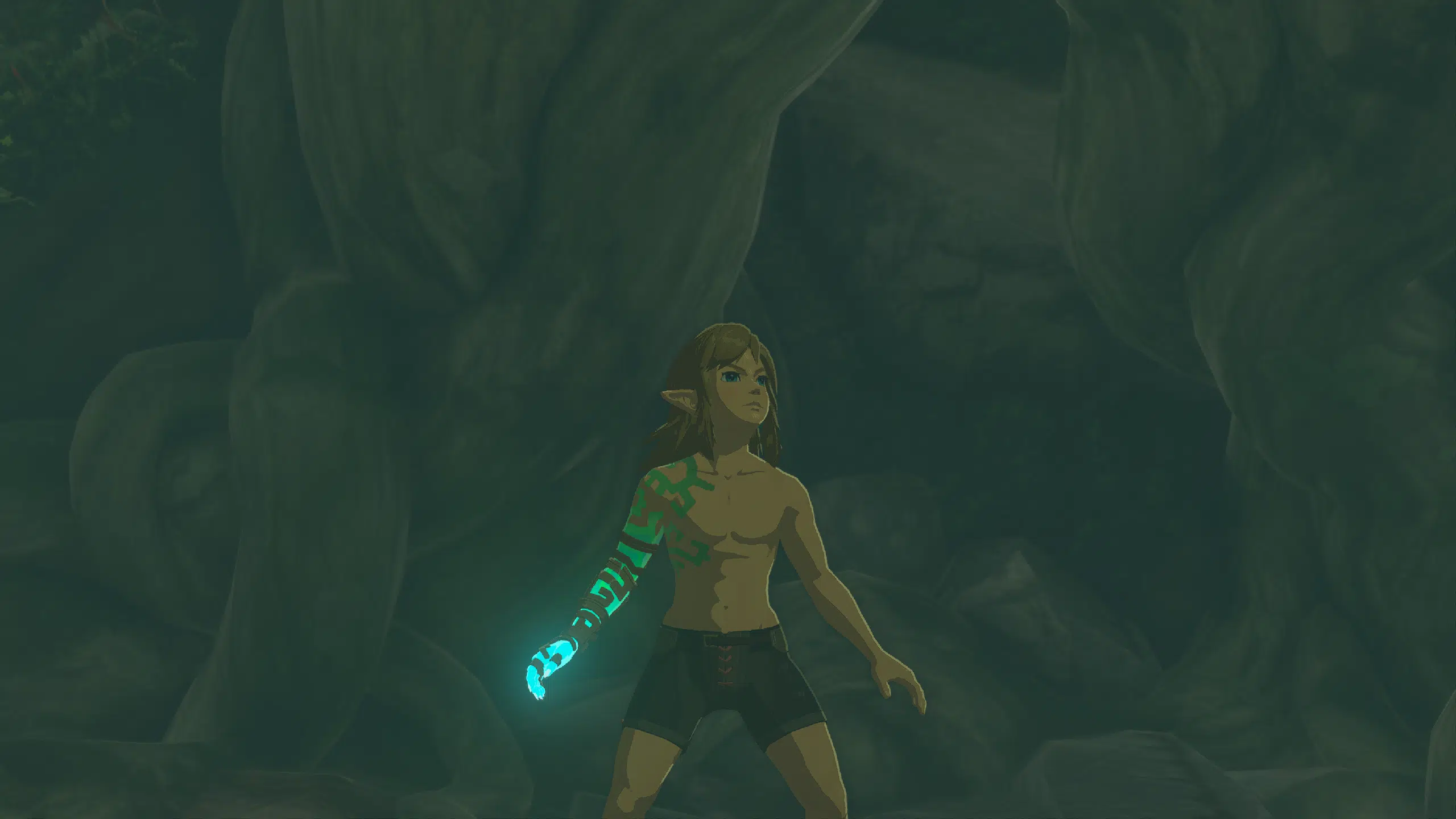
I’m not the most creative of minds when it comes to building in a video game, but the amount of freedom that the Ultra Hand provided was something even I couldn’t ignore. Becoming tired of using conventional means of travel, like by foot or a mount, I built myself a Frankenstein car, throwing whatever I could onto it, with as many fans to give it speed. Elsewhere, I found myself building air carriers from gliders that could carry resources and key items from one point to another with little to no effort.
Sure, it does take some time to get used to, but once it all clicks, it clicks, and Nintendo certainly motivates the player to get creative with it. Shrines make a return, though they’re now more complex than ever. They’re all built with a solution in mind, but given all the new powers that Link has, the solution isn’t always the answer you come up with, even when you think it’s wrong.
For example, a puzzle I was running through had ramps that could be adjusted, with a stone slab and a few rockets nearby. Clearly, Nintendo intended for me to slap the rockets on the stone slab and use the ramp to propel me to the next section. I couldn’t get it right and kept messing up, so instead of doing that, I decided to make some make-shift ladder with platforms to climb to reach the destination. It wasn’t the “right” way to solve the puzzle, but It worked, giving me the gratification that I was the one outsmarting the game, despite it giving me that freedom to do so.
Then there’s the fuse ability. One of my biggest gripes with Breath of the Wild was weapon durability and how easy it was to break them. While Tears of the Kingdom doesn’t remove it, it does offer a suitable alternative to counteract it with fusing. A tree branch can be reinforced with a boulder, giving you more attack power with a longer-lasting weapon. But it’s more than just basic buffs that fusing has to offer. That same twig with a boulder attached to it can now destroy walls that would have otherwise needed bombs in past Zelda games.
Other weapons can be fused into each other, like a spear with a spear to give it extended reach or a shield with a spring. Consider that the shield allows you to surf on it, and you get some added verticality when it’s fused with a spring. There’s even spellcasting when you take a weapon and fuse it with one of the many types of Gemstones. There’s a lot to the fusing mechanics that I’m sure players will still be discovering in the years to come.
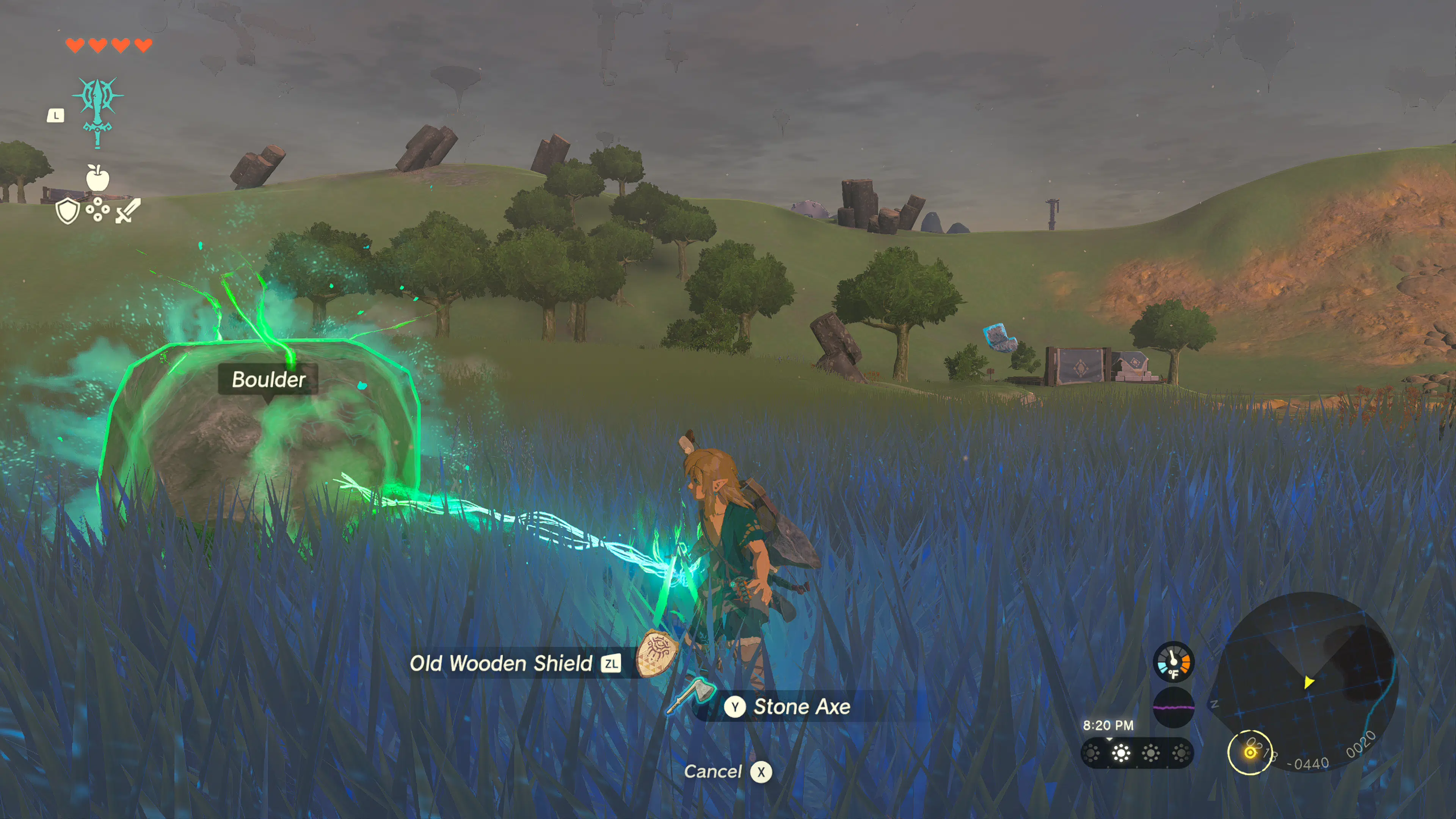
Ascend lets Link, well, ascend to floors above him; a handy power as it offers a quick way to reach high heights.
And finally, Recall. Recall is an ability that rewinds the time of an object. Maybe you want a platform to go in the opposite direction to reach a particular spot. Well, rewind it, which will cause it to go back down the path it took. While there are plenty of sections where this ability becomes obvious to use, what I love about Recall is that you can also abuse it by moving objects yourself, only to rewind them to their original position. See that high ledge with no clear way to get to it? Drop a block down, use Recall, and ride it back up like an elevator.
I’ll admit, there are a lot of mechanics here to work with, and it can be pretty daunting at first. Still, as mentioned, once it all starts to click, it all works so wonderfully and seamlessly, truly giving us a level of freedom filled with creativity and innovation.
- Related Reading: The Legend of Zelda: Tears of the Kingdom Sales Surpass 10 Million Units in First 3 Days; Now Fastest-Selling Game in Franchise History
This, in turn, makes Tears of the Kingdom feel like a new experience — because it is one. While it shares the same Hyrule map as Breath of The Wild, Nintendo has expanded many areas to accommodate these new abilities. Familiar locations all feel fresh, as if it’s your first time stepping into them with how well they incorporate new mechanics. But even then, if you did find yourself thinking it was the “same,” or this was just “DLC,” you’d be hard to argue that with how expansive this game is once you start exploring the new sky areas, and the Depths, which are practically the same size as Hyrule.
They’re not just “more” of the same either, as both the sky and depths areas offer players different playstyles and challenges. The sky regions are made up of floating islands that are filled with all sorts of puzzles for players to solve. Navigating through them also requires wits, as you need to find a way to use whatever tools you have accessible, such as a rocket-propelled mining cart, zip lines, and such.
Whereas The Depths, it’s all about survivability, as the region is located underneath Hyrule. It’s dark and filled with environmental hazards, not to mention the large number of monsters awaiting you. You can’t just rush your way through this area as it requires preparation for a long journey that you are most certainly going to get lost in. I know I did; I spent hours just wandering around, though it did end up leading to some of the most satisfying quests and rewards in the game.
What I do love most about Tears of the Kingdom, and this lends to the aspect of being a direct sequel, are all the minor quality-of-life improvements that add up to a more incredible experience. Weapon fusing was already mentioned before, but other improvements can be found in the UI itself. There’s an ability wheel to access abilities easily, and inventory feels more streamlined with its tweaked controls.
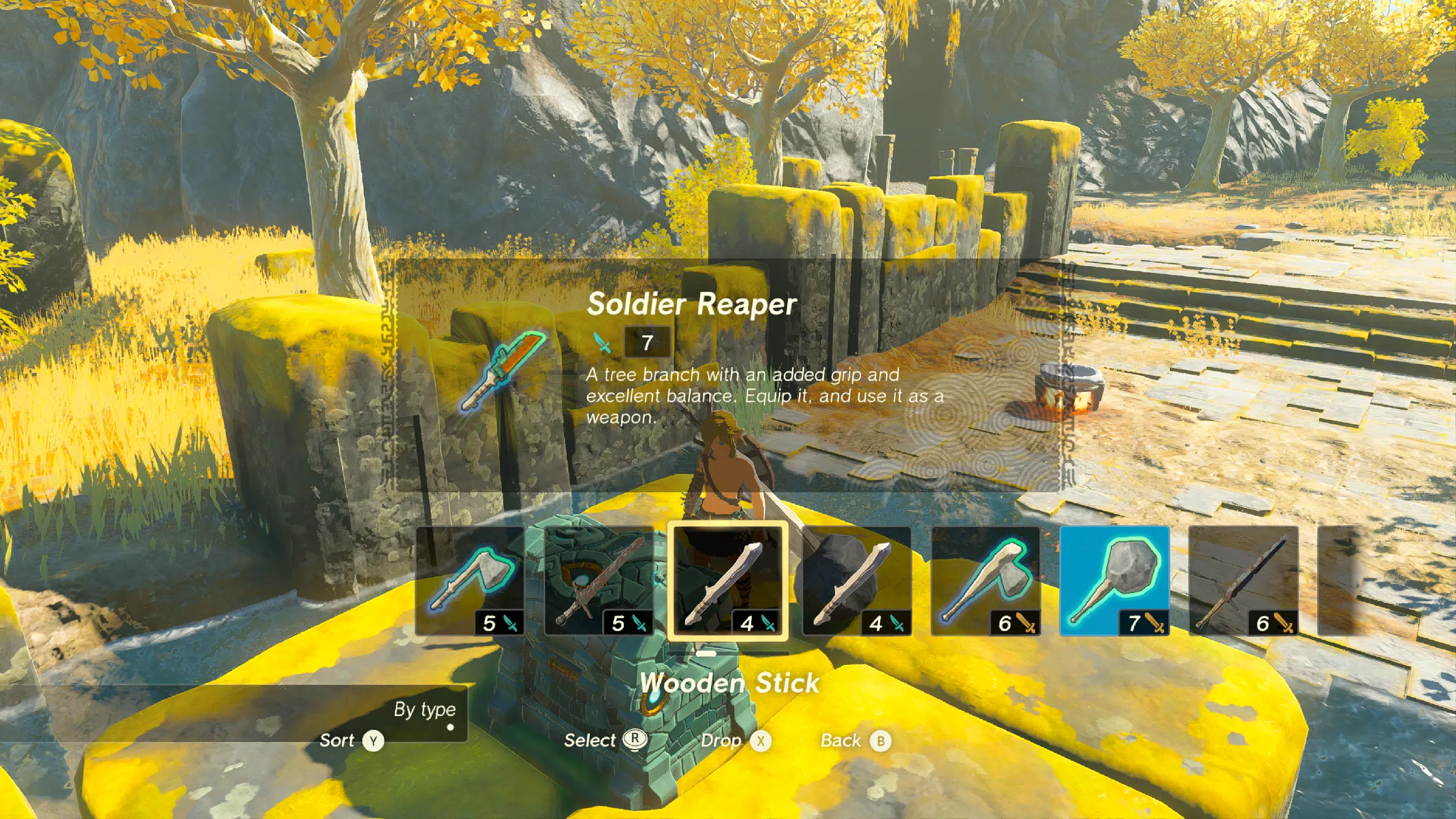
An annoyance that fans will probably remember is opening a chest while having a full inventory. It forced Link to close the chest, requiring players to open and dump something from their inventory and then have Link once again re-open the chest. In Tears of the Kingdom, the inventory will now open immediately if it’s full, without Link closing the chest. A small change, but when you add in all the other minor improvements I haven’t listed, like cooking recipes being saved, the addition of Skyview towers, and so much more, it makes the overall gameplay experience more refined than what was offered in Breath of the Wild.
The only thing I would have wanted to see improved more on was how Tears of the Kingdom seems to leave players guessing on what to do next in some sections. Sure, there’s a way marker to follow, but sometimes it doesn’t get updated, and the clues to the next part on where to go aren’t always obvious. Tears of the Kingdom isn’t exactly the kind of game to hold your hand, which I do love, but there are some instances where I felt it doesn’t do that well of a job at nudging the player where to go next. Thankfully there are very few of those, so it wasn’t that big of an issue.
A Tear for the Ages
Surprisingly, during my 60-hour run of the campaign, The Legend of Zelda: Tears of the Kingdom ran really smoothly, with a few instances here and there having noticeable dips. You’ll notice them, but it isn’t detrimental to the experience as a whole as the majority of the time, it’s hitting that 30fps target. Would I have loved to play this at 60fps? Absolutely, but given the Switch’s hardware, which was hardly pushing the limits when it first came out, it’s still a pleasantly smooth experience in both docked and handheld mode.
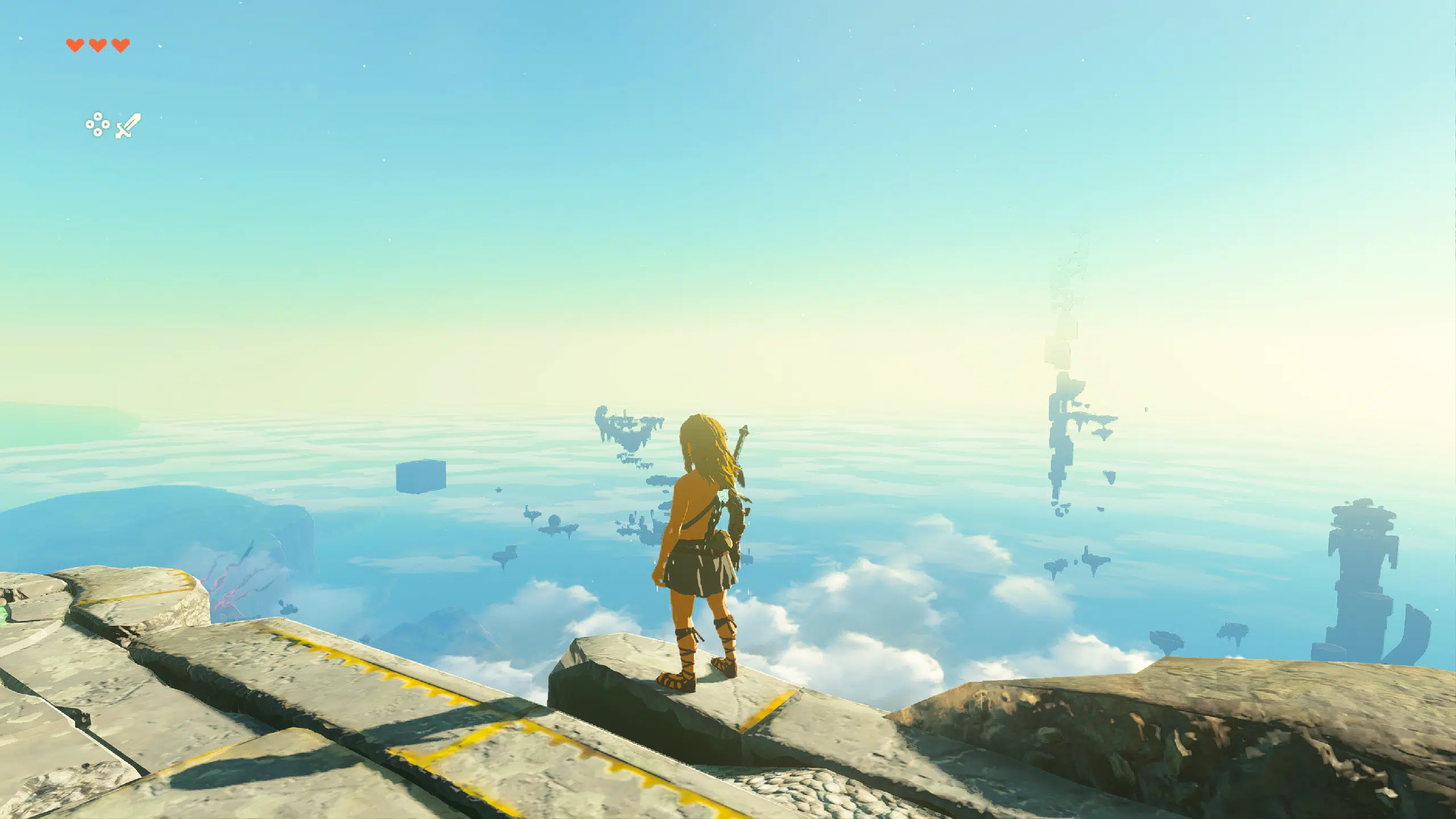
What’s more impressive is how much Nintendo has really cranked out in the world with the art style. Sure, it’s not aiming for photo-realism like many of today’s triple-a titles, but Nintendo has always killed it in the visual department when it comes to making something that looks and feels unique. So much so that the games they produced decades ago still look good even today. Sure resolution-wise, maybe not, but one can’t deny how easy it still is to pick up a game like Wind Waker and still think it looks good both visually and gameplay-wise.
Both Breath of the Wild and Tears of Kingdom are going to age wonderfully through the decades, but Tears of the Kingdom specifically really has some spectacular moments that push the art direction to its limits, not just visually but setting the tone of a scene and enhancing its narrative.
A Master Quest
Just when you think you’ve reached the pinnacle of a series, Nintendo comes out with a bigger, more ambitious, creative, and innovative follow-up to perhaps what was already one of the greatest games ever released. The Legend of Zelda: Tears of the Kingdom somehow manages to be better than its predecessor in every way imaginable, once again propelling the series to new heights. It’s insane and absolutely mind-boggling what Nintendo has crafted here, and even more so how the publisher is consistently able to one-up themselves. Believe in the hype because The Legend of Zelda: Tears of the Kingdom exceeds them in every way.
I wish I could rewind this whole experience, just so I can play it for the very first time again because if there is one thing that has now dawned on me, the one thing that has now struck a bit of fear, it’s that I now have to wonder how in the world will Nintendo ever top this. I suppose there’s some solace in knowing that this was the very thing I said about Breath of the Wild, so here’s to the future of the franchise.
Score: 10/10
Pros:
- An incredible story that kept me hooked from start to finish.
- Combat is excellent, but it’s Link’s new powers that take the spotlight that truly propels Tears of the Kingdom into something more than just a sequel.
- A gorgeous and rich, expanded open world loaded with content
- The soundtrack – Try and visit the official game page and not get hyped by the music.
Cons:
- The performance has its moments, but it did hold a steady framerate for most of my playthrough.
- Random spikes in the lack of player guidance. Not to say we want handholding, but there were some moments we felt could have guided the player better.
The Legend of Zelda: Tears of the Kingdom review code was provided by the publisher. You can read MP1st’s review and scoring policy right here.
